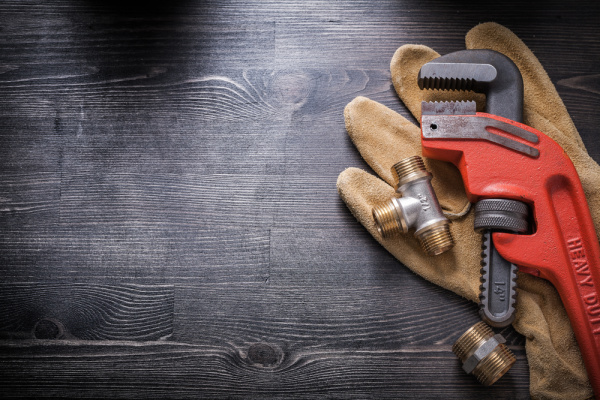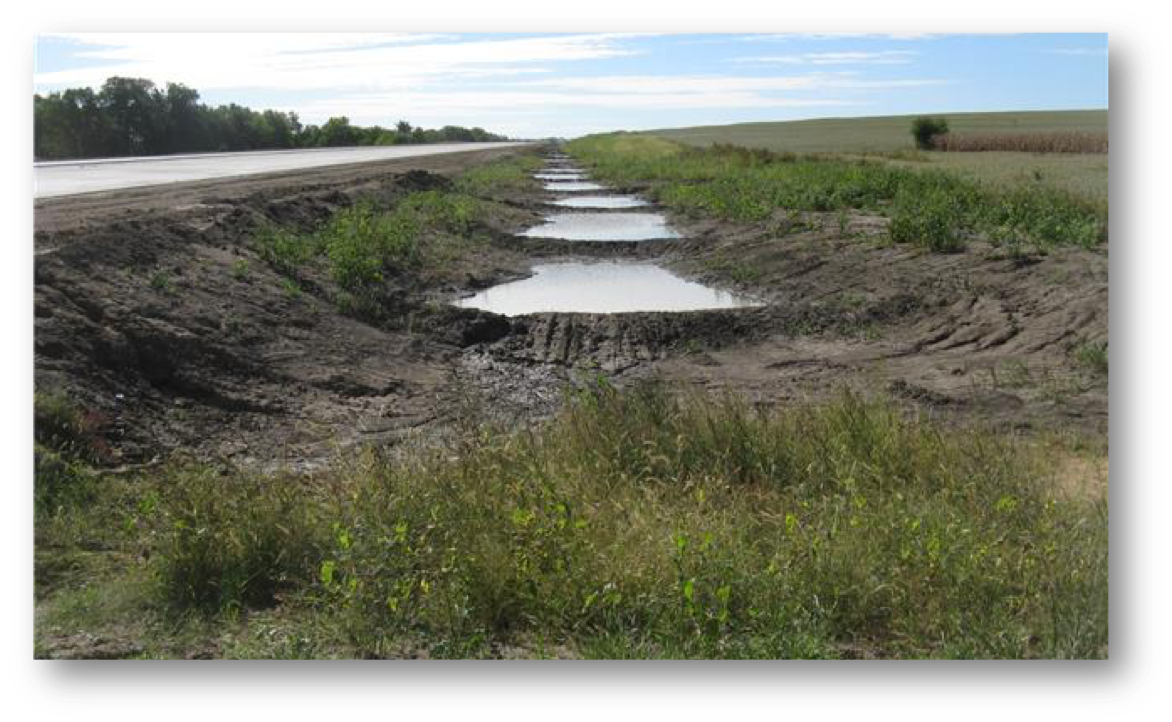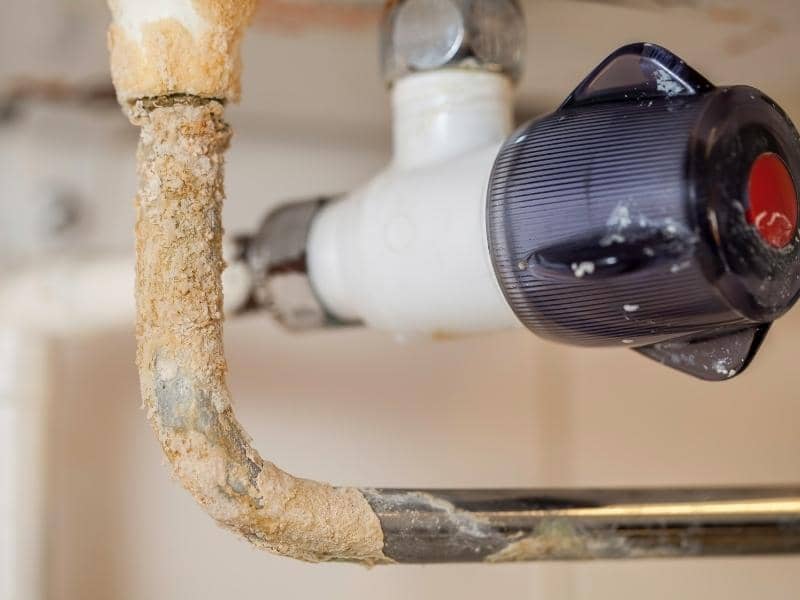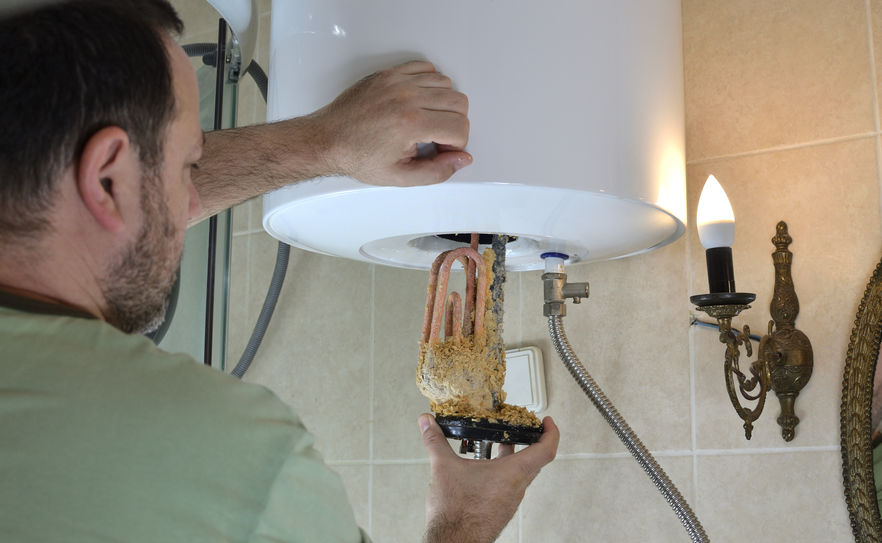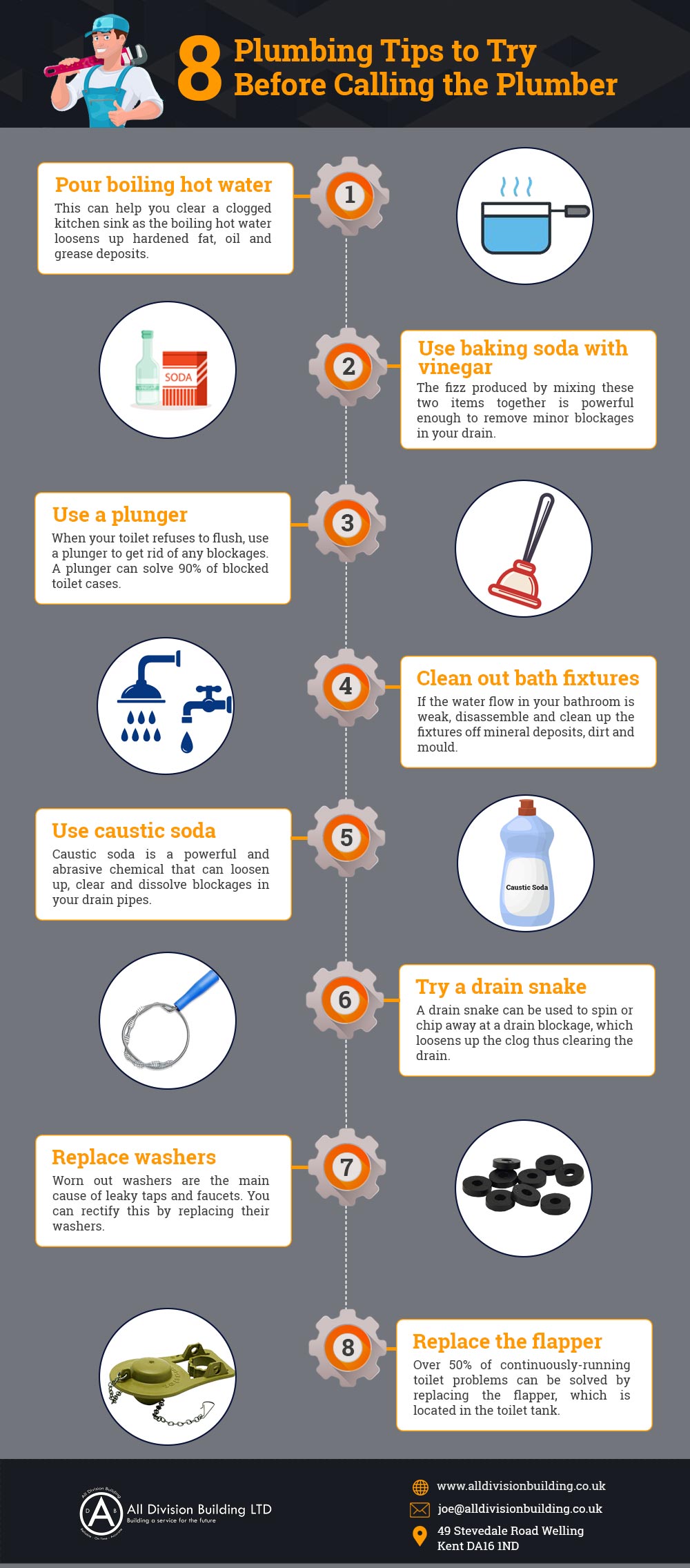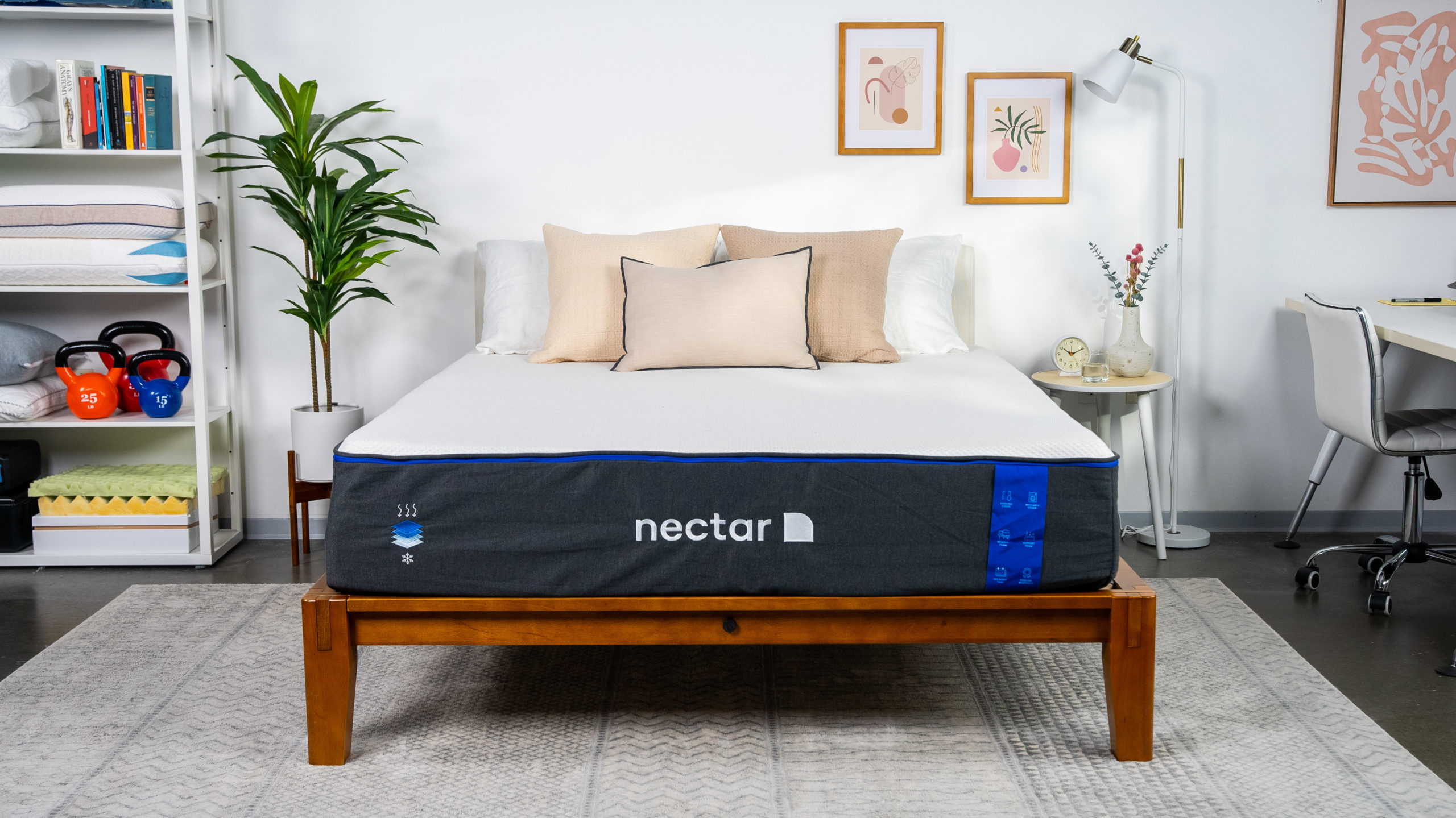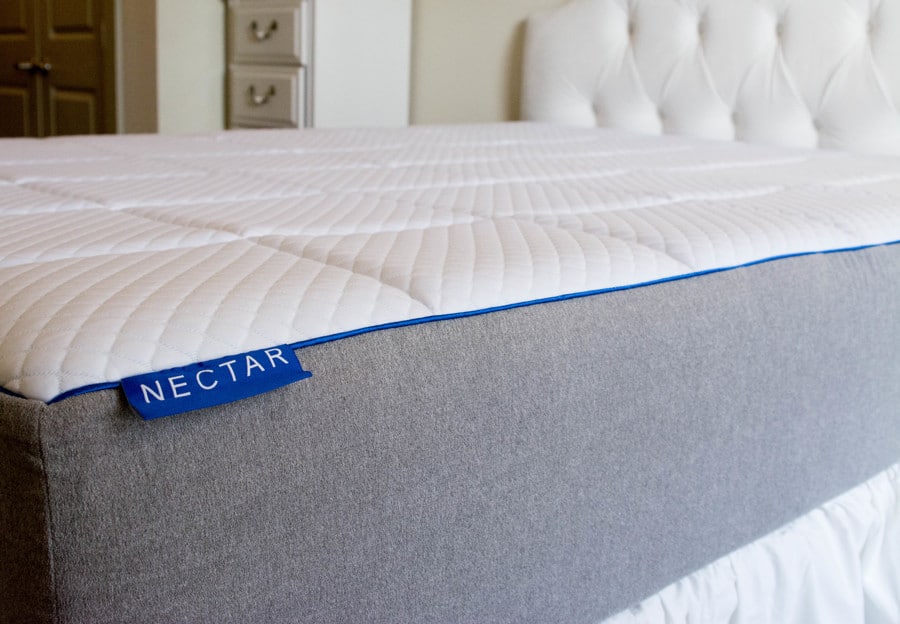One of the first things to check when facing low water pressure in your kitchen sink is the aerator. This small fixture on the end of your faucet can become clogged with debris and mineral deposits over time, causing a decrease in water flow. To check the aerator, simply unscrew it from the faucet and clean it thoroughly with a brush and some vinegar. This should help improve the water pressure in your sink.1. Check the aerator
If simply cleaning the aerator doesn't improve the water pressure, it may be necessary to take it apart and clean each individual piece. Make sure to pay attention to the order in which the pieces come apart so you can easily put them back together. Use a toothbrush or small brush to clean out any debris or buildup that may be blocking the flow of water.2. Clean the aerator
The water supply valves, located under the sink, may be partially closed, causing low water pressure in your kitchen sink. Make sure to check that both the hot and cold water valves are fully open. If they are partially closed, simply turn them until they are fully open and see if this improves the water pressure.3. Check the water supply valves
If the water pressure seems low throughout your entire house, it may be an issue with the water pressure regulator. This device controls the water pressure coming into your home and can become faulty over time. It may need to be adjusted or replaced by a professional plumber.4. Check the water pressure regulator
Clogs in the pipes can also cause low water pressure in your kitchen sink. Use a plunger or plumbing snake to try and clear any blockages that may be causing the issue. If the clog is located deeper in the pipes, it may require the help of a plumber.5. Check for clogs in the pipes
If the low water pressure is only affecting the hot water in your kitchen sink, it may be an issue with your hot water heater. Sediment and mineral buildup can cause blockages in the pipes, decreasing water flow. Flushing the hot water heater can help remove this buildup and improve water pressure.6. Check the hot water heater
Leaks in the pipes can also cause low water pressure in your kitchen sink. Check for any visible leaks under the sink or along the pipes leading to the sink. If you notice any leaks, they will need to be repaired by a professional plumber.7. Check for leaks in the pipes
If the low water pressure is only affecting your kitchen sink, it may be an issue with just that faucet. However, if you notice low water pressure in other faucets throughout your home, it may be a larger issue with the water supply. Contact your water provider to see if there are any known issues or if they can send someone to check the water pressure in your home.8. Check the water pressure in other faucets
Sediment and mineral buildup in the pipes can also cause low water pressure in your kitchen sink. This is especially common in older homes with galvanized pipes. If you suspect this may be the issue, it's best to call a professional plumber to clean out the pipes and improve water flow.9. Check for sediment buildup in the pipes
If none of the above solutions seem to improve the water pressure in your kitchen sink, it may be time to call a professional plumber for help. They have the tools and knowledge to diagnose and fix any underlying issues that may be causing the low water pressure, ensuring your kitchen sink has a steady flow of hot and cold water. By following these 10 steps, you can help improve the low water pressure in your kitchen sink and ensure it's functioning properly for all your cooking and cleaning needs. Remember to regularly clean the aerator and check for any leaks or clogs to prevent future issues with water pressure. If all else fails, don't hesitate to call a professional for help.10. Call a plumber for professional help
How to Resolve Low Water Pressure in Kitchen Sinks: A Complete Guide
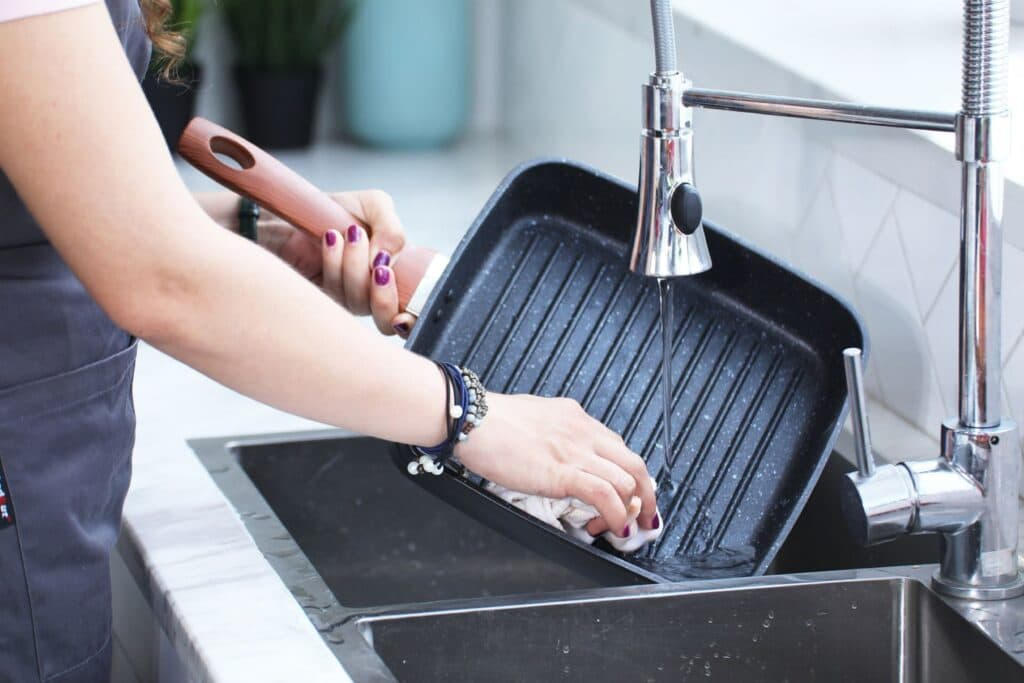
Understanding the Issue
 If you've been experiencing
low water pressure
in your kitchen sink, you're not alone. This is a common issue that many homeowners face, and it can be frustrating to deal with. Low water pressure can make it difficult to wash dishes, fill pots, or even get a glass of water. But before you panic and call a plumber, it's important to understand the root cause of the problem.
If you've been experiencing
low water pressure
in your kitchen sink, you're not alone. This is a common issue that many homeowners face, and it can be frustrating to deal with. Low water pressure can make it difficult to wash dishes, fill pots, or even get a glass of water. But before you panic and call a plumber, it's important to understand the root cause of the problem.
The Main Culprits
 There are several reasons why you may be experiencing
low water pressure
in your kitchen sink. The first and most common reason is a clogged aerator. The aerator is the small mesh attachment located at the end of your faucet. Over time, it can become clogged with debris, sediment, or mineral deposits, resulting in reduced water flow.
Another possible cause is a malfunctioning pressure regulator. This device is responsible for controlling the water pressure in your home. If it's not functioning properly, it can lead to
low water pressure
in your kitchen sink.
Finally, old and corroded pipes can also contribute to
low water pressure
. As pipes age, they can become clogged with rust, sediment, or mineral deposits, hindering the flow of water through them.
There are several reasons why you may be experiencing
low water pressure
in your kitchen sink. The first and most common reason is a clogged aerator. The aerator is the small mesh attachment located at the end of your faucet. Over time, it can become clogged with debris, sediment, or mineral deposits, resulting in reduced water flow.
Another possible cause is a malfunctioning pressure regulator. This device is responsible for controlling the water pressure in your home. If it's not functioning properly, it can lead to
low water pressure
in your kitchen sink.
Finally, old and corroded pipes can also contribute to
low water pressure
. As pipes age, they can become clogged with rust, sediment, or mineral deposits, hindering the flow of water through them.
Solutions for Low Water Pressure
 Fortunately, there are several steps you can take to resolve
low water pressure
in your kitchen sink. The first and simplest step is to clean the aerator. Remove it from the faucet and soak it in a mixture of vinegar and water for a few hours. This will help dissolve any built-up debris or mineral deposits.
If the issue persists, it may be time to replace the aerator altogether. You can purchase a new one at your local hardware store and easily install it yourself.
If the problem lies with the pressure regulator, it's best to call a plumber for assistance. They will be able to diagnose the issue and either repair or replace the regulator.
In the case of old and corroded pipes, it's best to have them replaced by a professional. This will not only resolve the issue of
low water pressure
, but also prevent potential leaks and water damage.
Fortunately, there are several steps you can take to resolve
low water pressure
in your kitchen sink. The first and simplest step is to clean the aerator. Remove it from the faucet and soak it in a mixture of vinegar and water for a few hours. This will help dissolve any built-up debris or mineral deposits.
If the issue persists, it may be time to replace the aerator altogether. You can purchase a new one at your local hardware store and easily install it yourself.
If the problem lies with the pressure regulator, it's best to call a plumber for assistance. They will be able to diagnose the issue and either repair or replace the regulator.
In the case of old and corroded pipes, it's best to have them replaced by a professional. This will not only resolve the issue of
low water pressure
, but also prevent potential leaks and water damage.
Preventing Future Issues
 To prevent
low water pressure
in your kitchen sink, it's important to regularly clean and maintain your plumbing fixtures. This includes regularly cleaning the aerator, checking for leaks, and addressing any issues with the pressure regulator or pipes.
In addition, consider investing in a water softening system if you live in an area with hard water. This will help prevent mineral deposits from building up in your plumbing fixtures.
In conclusion,
low water pressure
in your kitchen sink can be a frustrating issue, but it's not one that can't be resolved. By understanding the root causes and taking the necessary steps, you can enjoy a fully functioning kitchen sink once again.
To prevent
low water pressure
in your kitchen sink, it's important to regularly clean and maintain your plumbing fixtures. This includes regularly cleaning the aerator, checking for leaks, and addressing any issues with the pressure regulator or pipes.
In addition, consider investing in a water softening system if you live in an area with hard water. This will help prevent mineral deposits from building up in your plumbing fixtures.
In conclusion,
low water pressure
in your kitchen sink can be a frustrating issue, but it's not one that can't be resolved. By understanding the root causes and taking the necessary steps, you can enjoy a fully functioning kitchen sink once again.






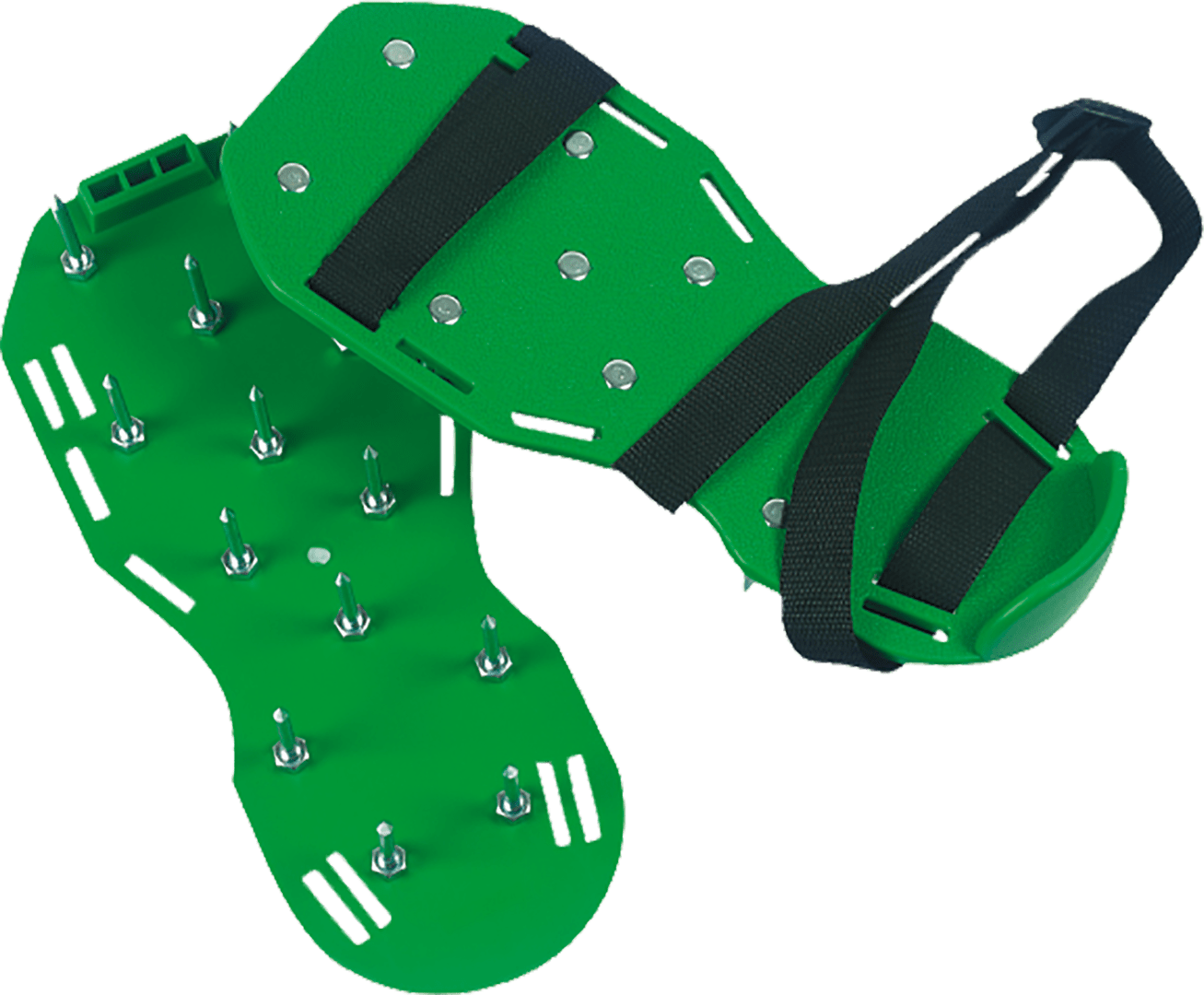



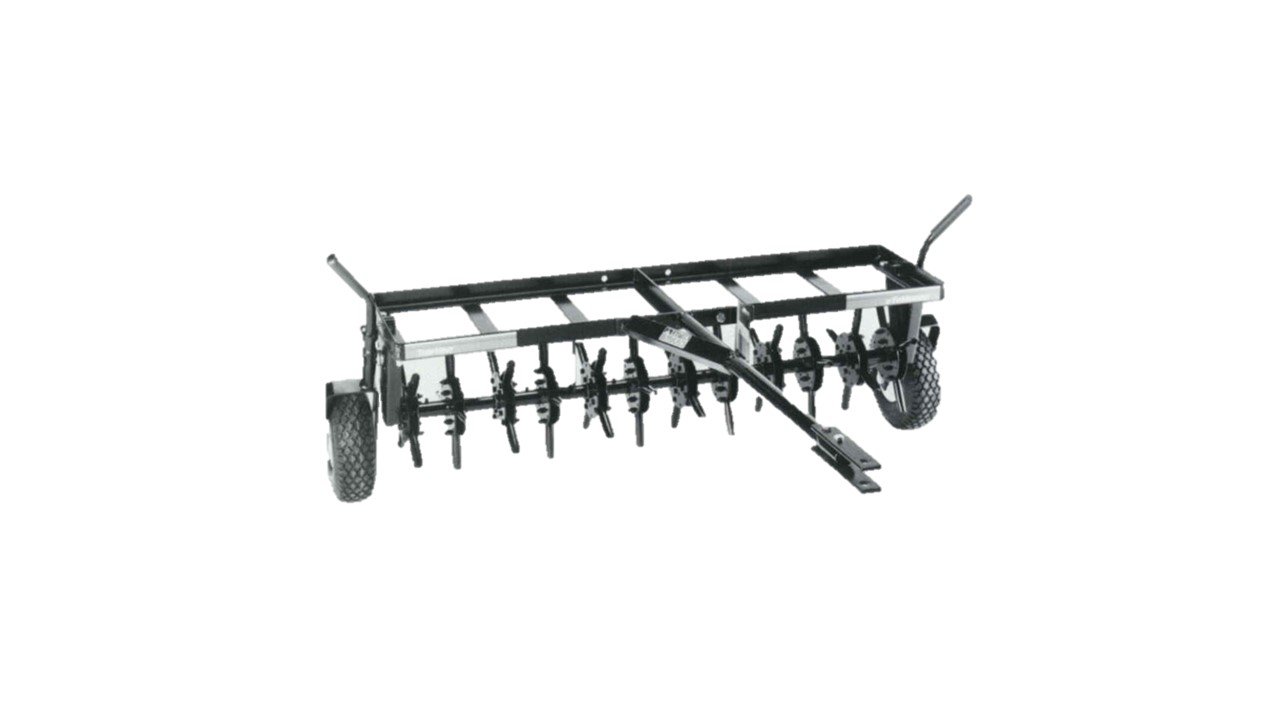









:max_bytes(150000):strip_icc()/clearing-a-blocked-faucet-aerator-2718807-07-b5a90554991f4bb69efb45a472df7f23.jpg)
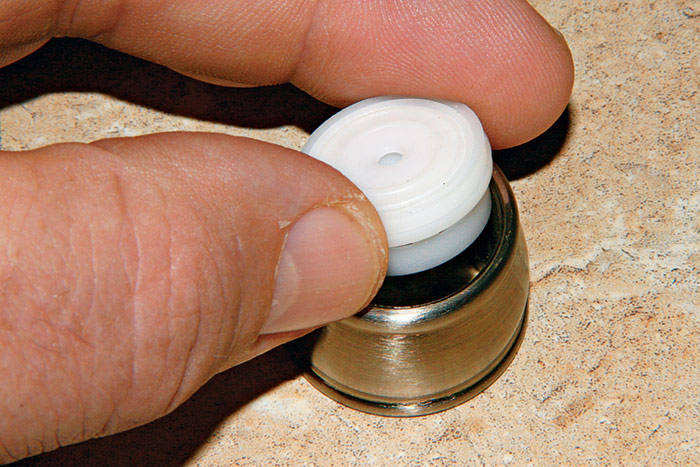
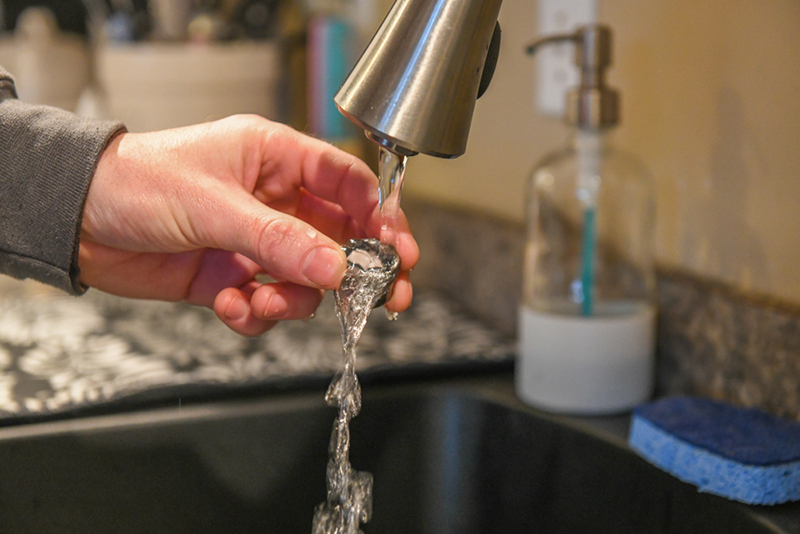
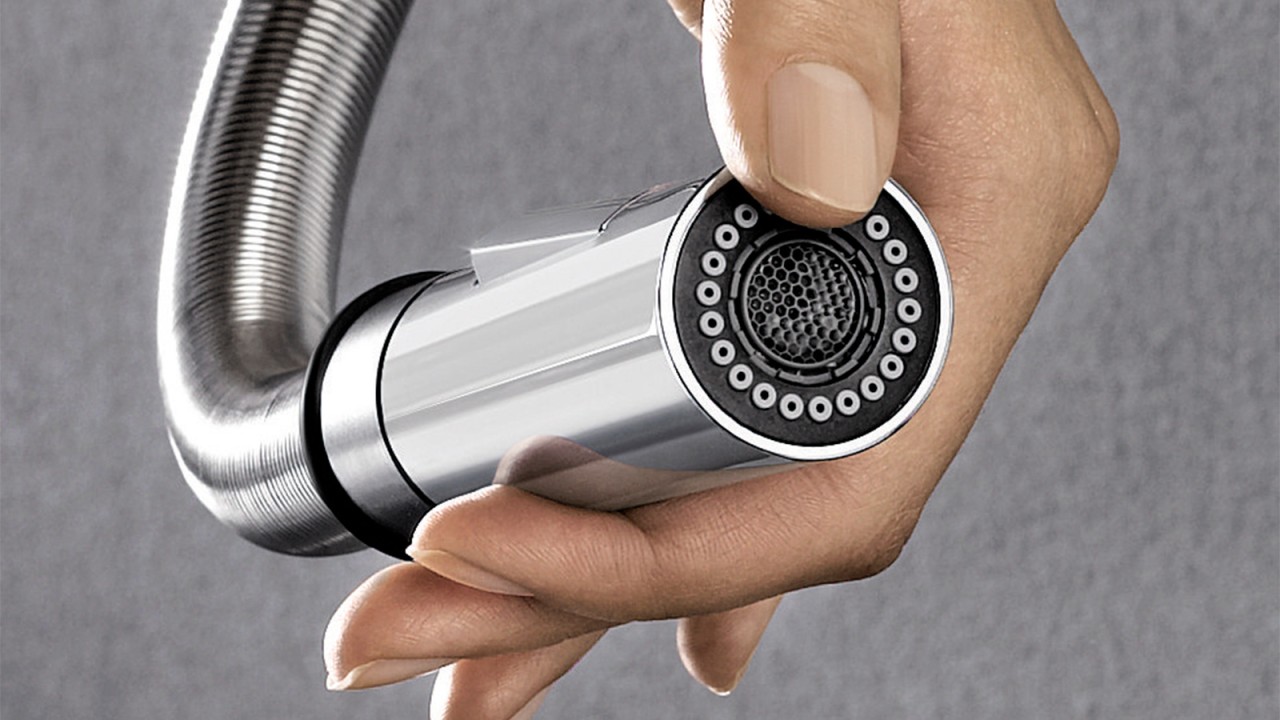
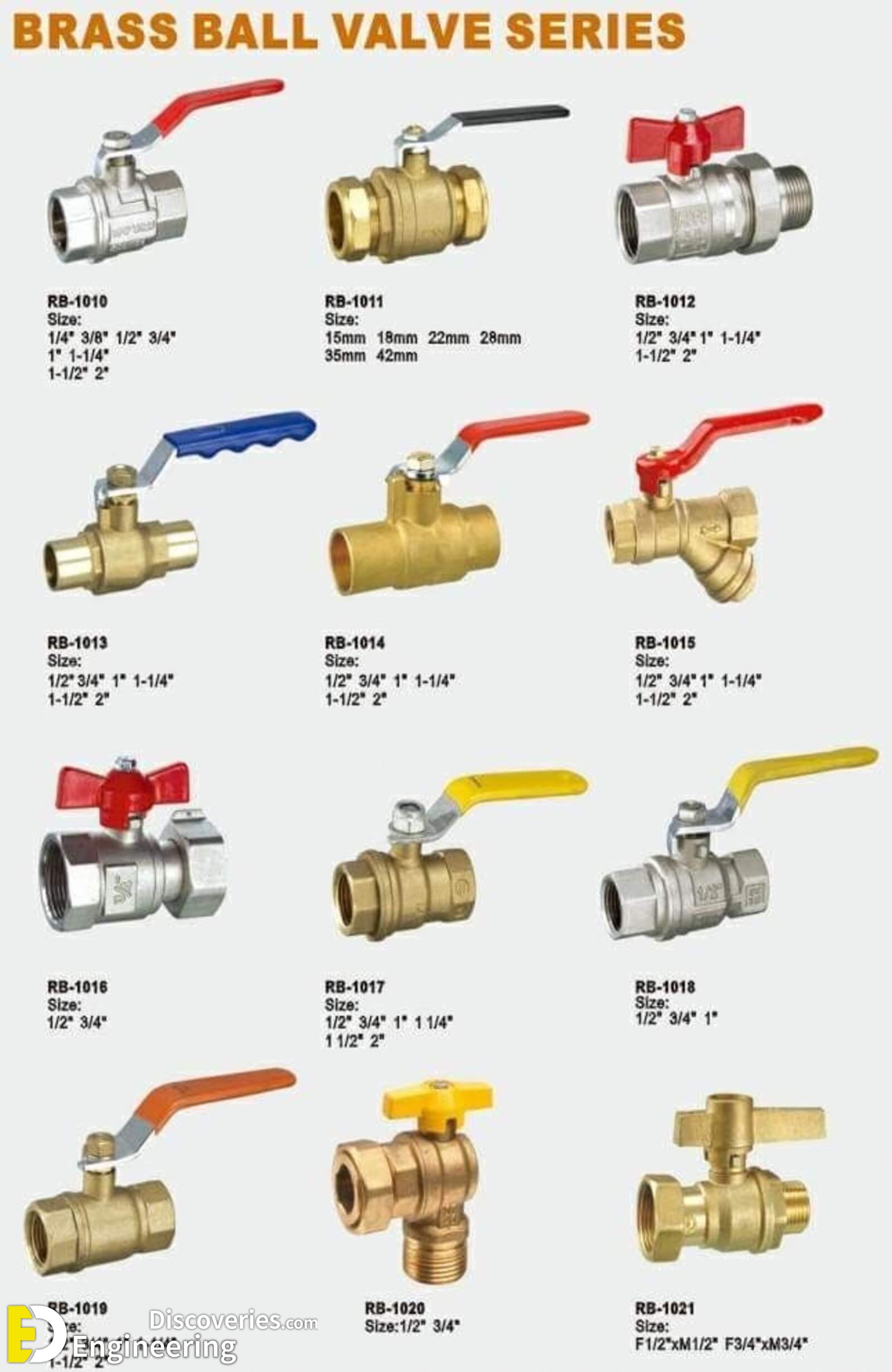





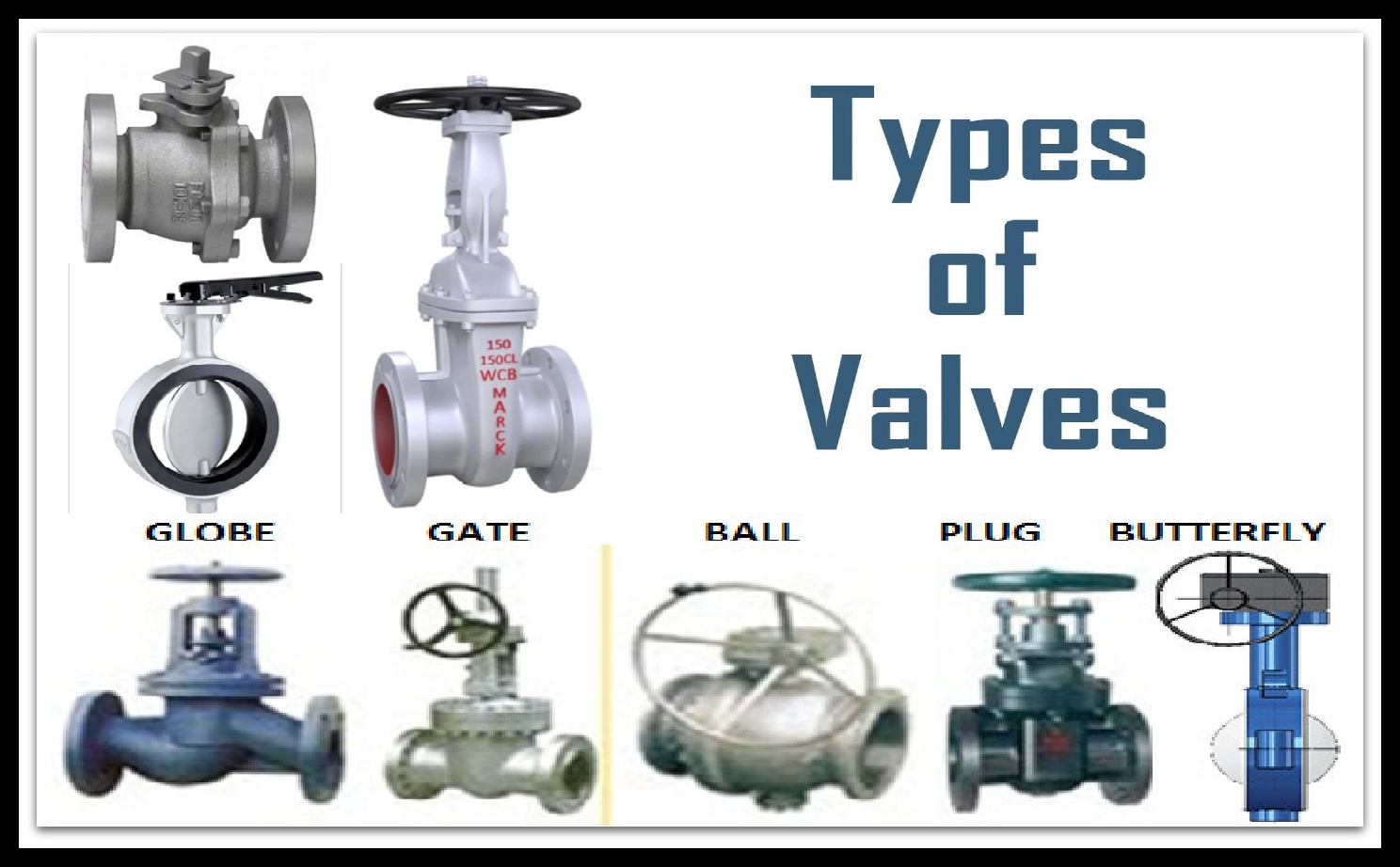
:max_bytes(150000):strip_icc()/GettyImages-106572292-3658474337224eda8721faead4f91390.jpg)


:max_bytes(150000):strip_icc()/GettyImages-1057621140-78ab2e946841421d9a7efeebe02935d2.jpg)
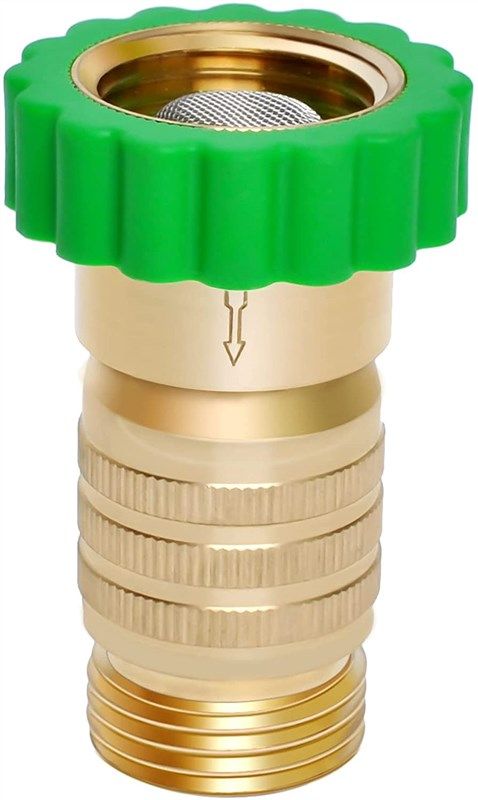


:max_bytes(150000):strip_icc()/the-men-s-hand-opens-the-ball-valve-on-the-collector-1006810456-5c5fc73fc9e77c000159c4af.jpg)
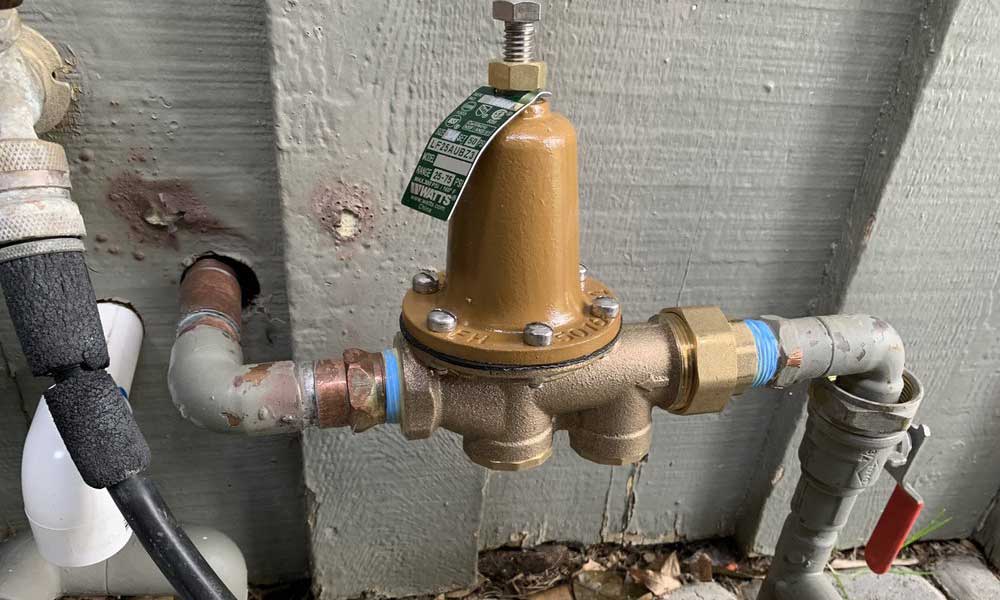

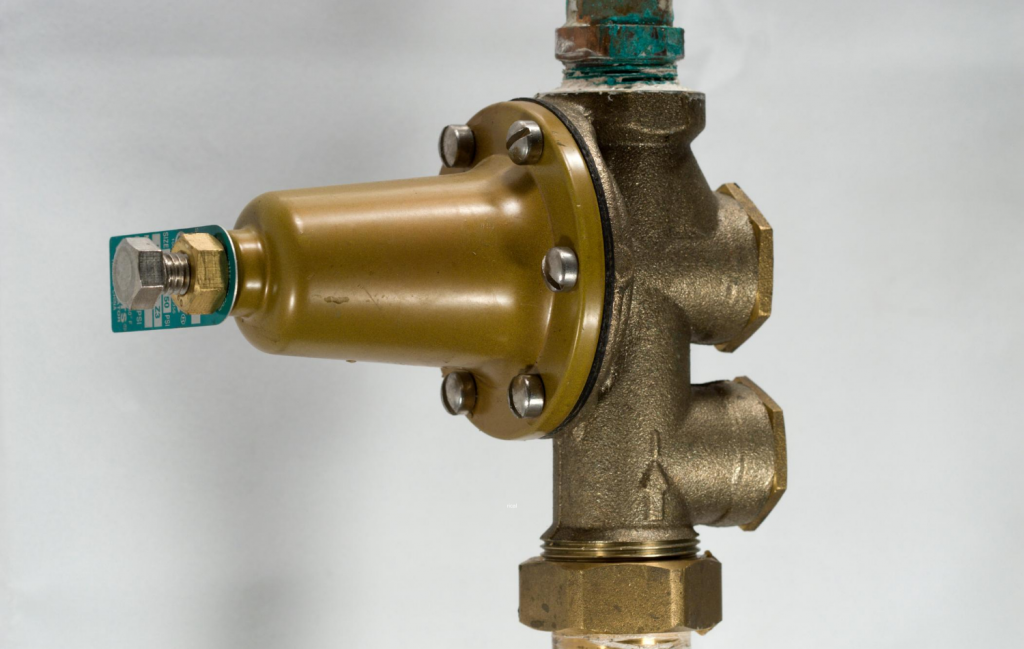





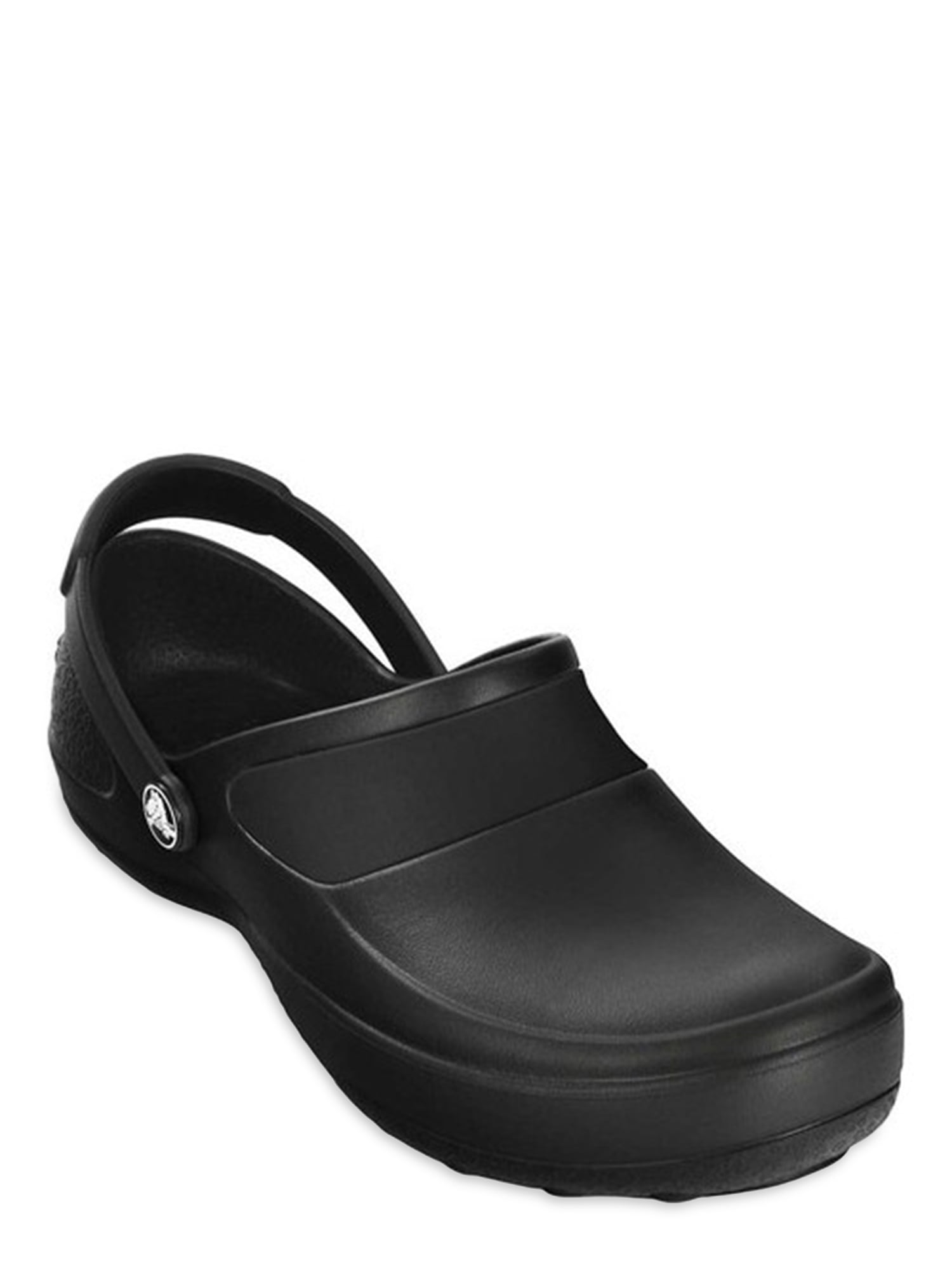

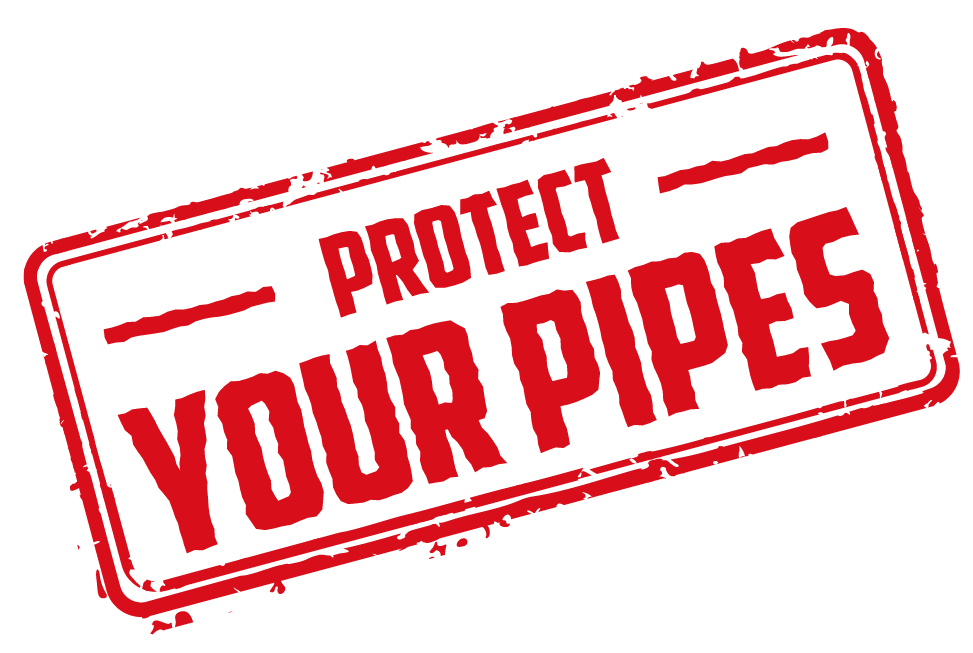









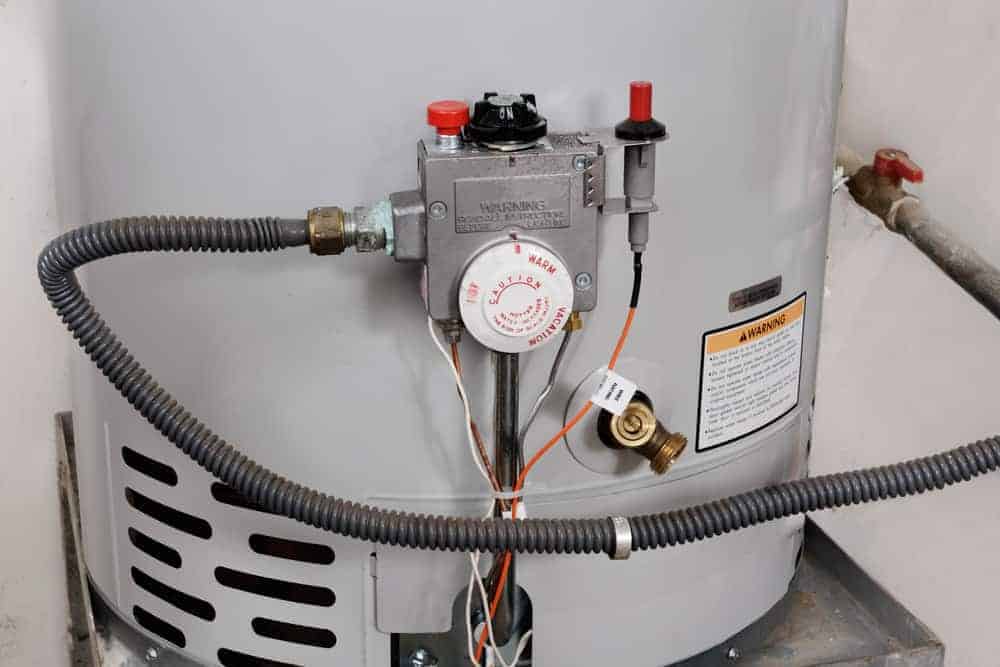

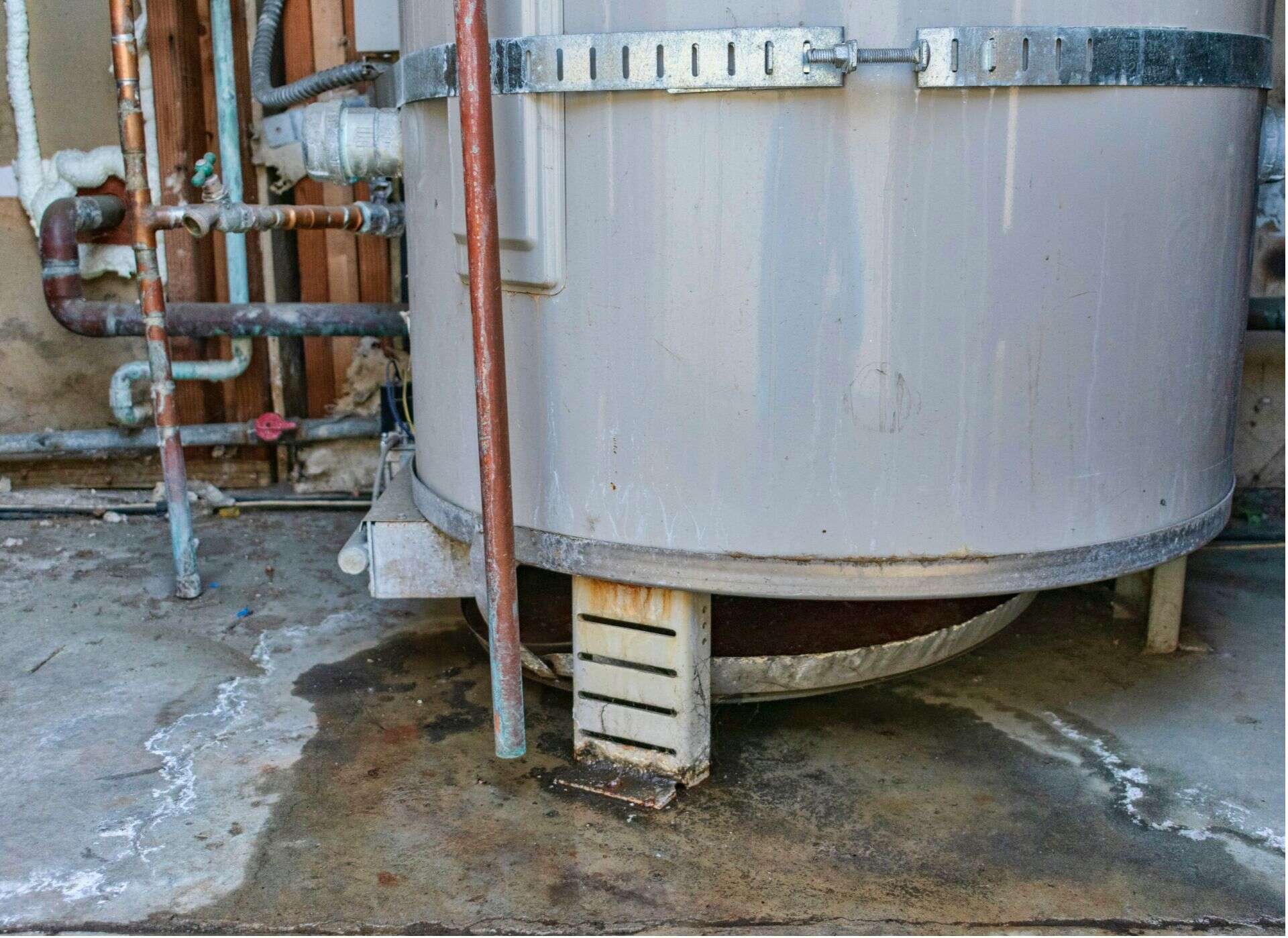





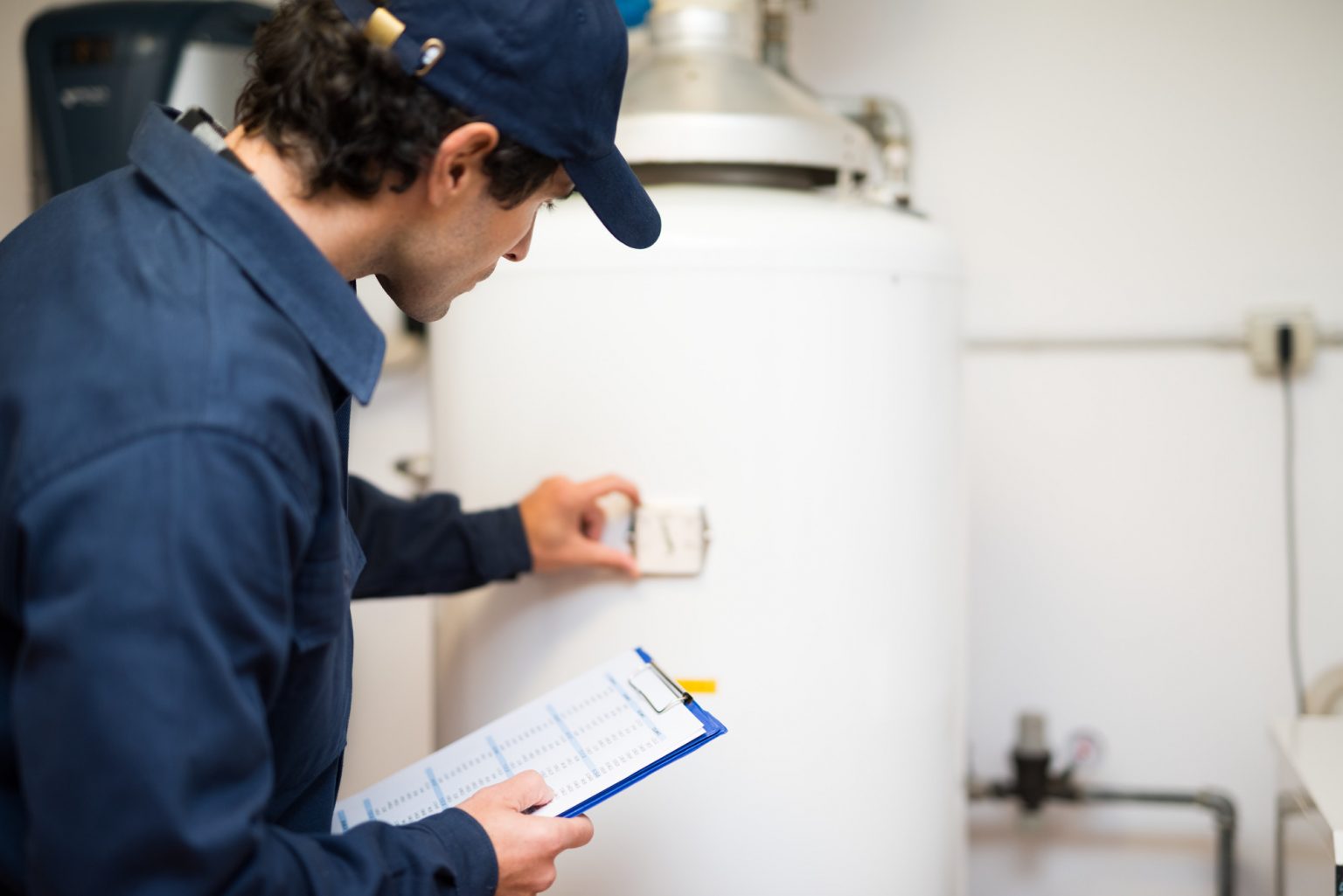




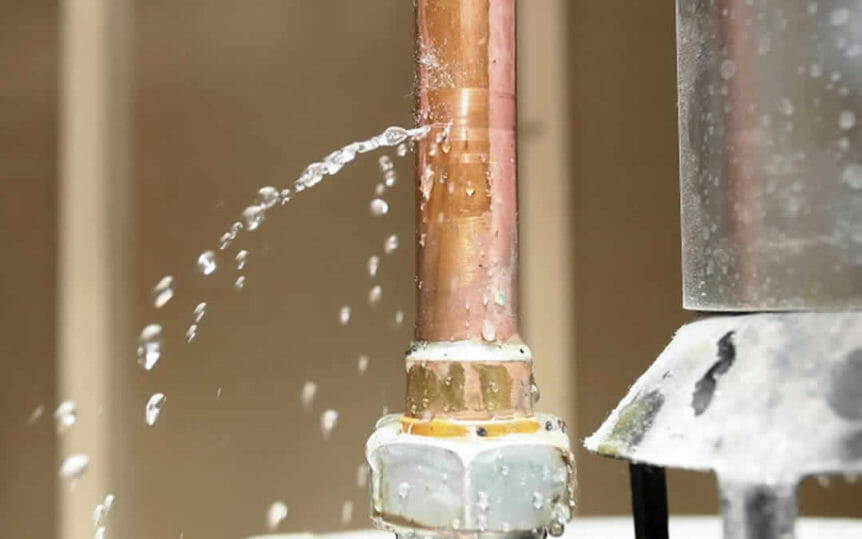





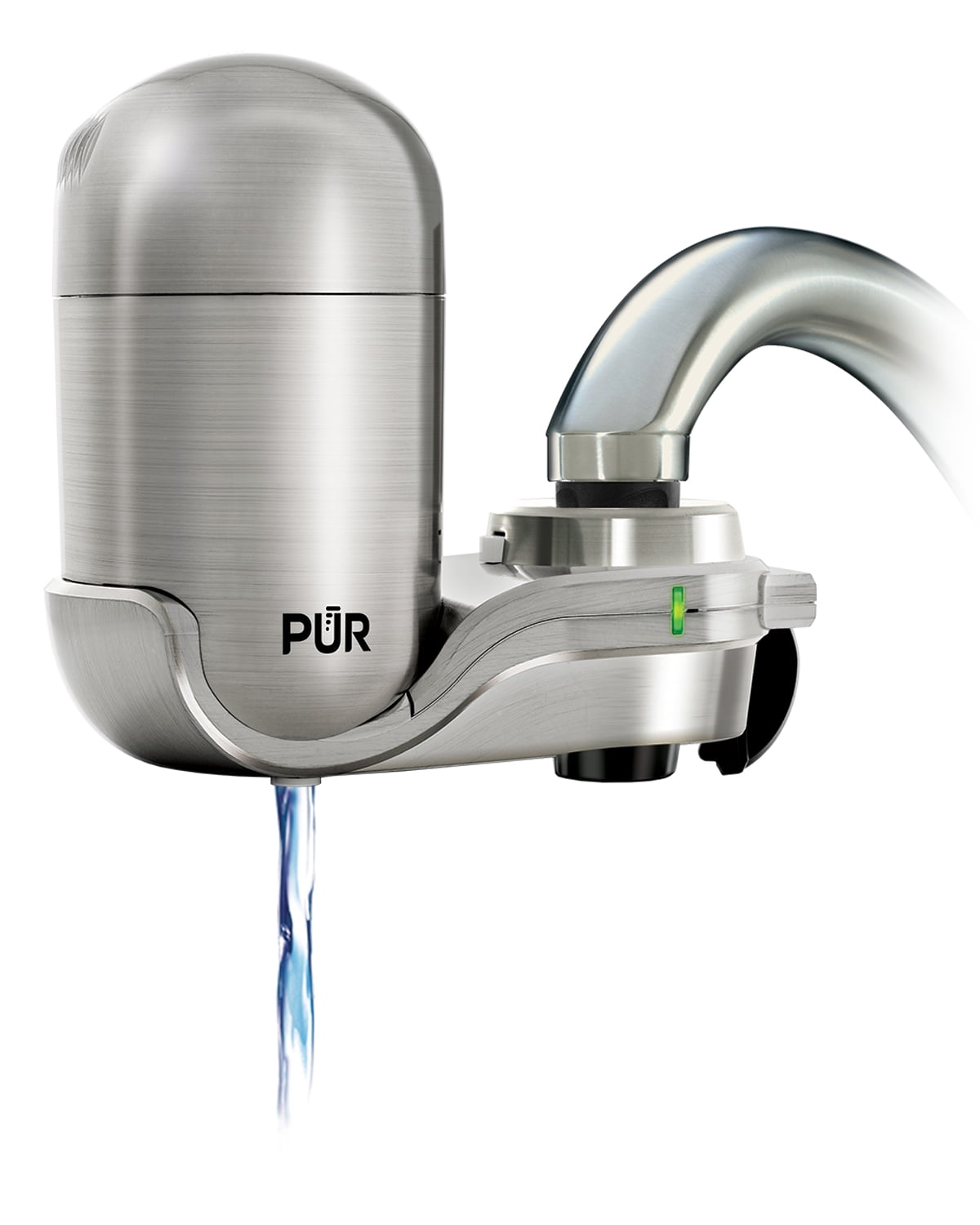
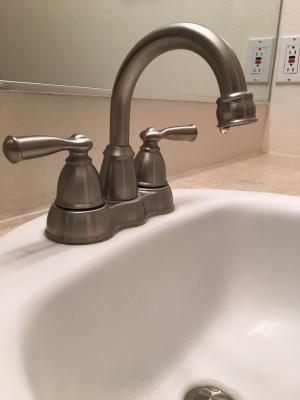






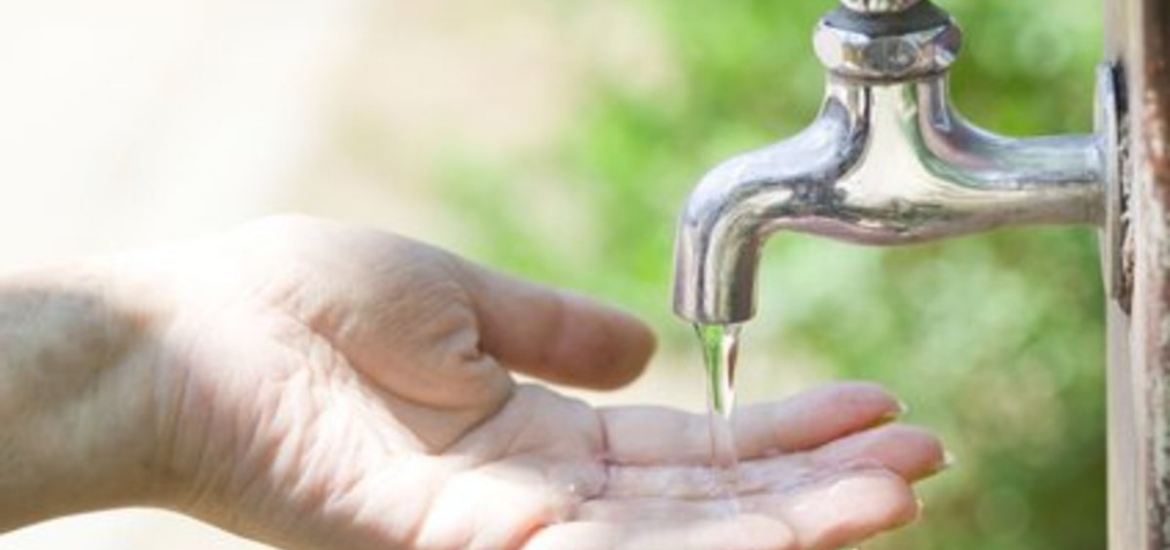
:max_bytes(150000):strip_icc()/testing-water-pressure-in-your-home-2718692-04-c37ab3236d0d4b61b87079ebf9ef823e-c1e1ef0104fb44778a287bd9bb5ec140.jpeg)




